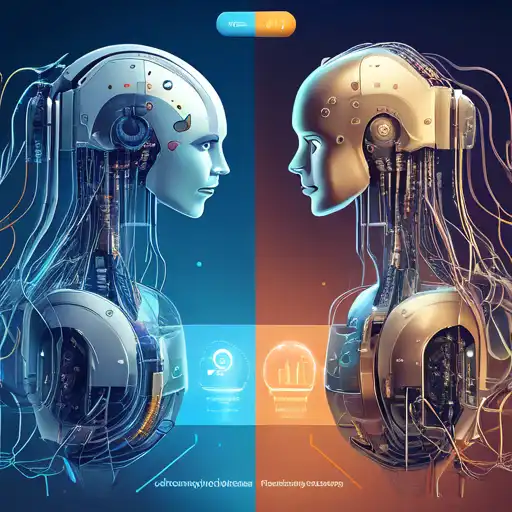Introduction to Machine Learning and Deep Learning
In the rapidly evolving field of artificial intelligence (AI), Machine Learning (ML) and Deep Learning (DL) stand out as two of the most significant and talked-about technologies. While they are often used interchangeably, they are distinct in their approaches, capabilities, and applications. This article delves into the key differences between ML and DL, providing insights into their unique characteristics and how they are shaping the future of technology.
What is Machine Learning?
Machine Learning is a subset of AI that enables systems to learn from data, identify patterns, and make decisions with minimal human intervention. ML algorithms are trained using large sets of data, and they improve their accuracy over time without being explicitly programmed to do so.
Types of Machine Learning
- Supervised Learning: The algorithm learns from labeled data.
- Unsupervised Learning: The algorithm finds patterns in unlabeled data.
- Reinforcement Learning: The algorithm learns through trial and error to achieve a clear objective.
What is Deep Learning?
Deep Learning, a subset of ML, mimics the workings of the human brain in processing data for use in detecting objects, recognizing speech, translating languages, and making decisions. DL algorithms use a layered structure of algorithms called an artificial neural network.
Key Features of Deep Learning
- Neural Networks: DL models are built with multiple layers of neural networks.
- Big Data: DL requires large amounts of data to learn effectively.
- Computational Power: High-performance GPUs are essential for training DL models.
Machine Learning vs. Deep Learning: Key Differences
While both ML and DL are used to make sense of data, their approaches and applications differ significantly. Below are some of the key differences:
- Data Dependency: DL requires significantly more data than ML to perform well.
- Hardware Requirements: DL models need more powerful hardware compared to ML models.
- Feature Engineering: ML requires manual feature extraction, whereas DL automates this process.
- Interpretability: ML models are easier to interpret than DL models, which are often considered black boxes.
Choosing Between Machine Learning and Deep Learning
The choice between ML and DL depends on the specific problem you're trying to solve, the amount of data you have, and the computational resources at your disposal. For problems with limited data or where interpretability is crucial, ML might be the better choice. On the other hand, DL excels in handling complex problems like image and speech recognition where large datasets are available.
Conclusion
Understanding the differences between Machine Learning and Deep Learning is crucial for leveraging the right technology for your needs. While ML offers simplicity and interpretability, DL provides unparalleled accuracy for complex tasks. As AI continues to advance, the line between these two technologies may blur, but their core differences will remain significant.
For more insights into AI technologies, check out our articles on Artificial Intelligence and Data Science.
